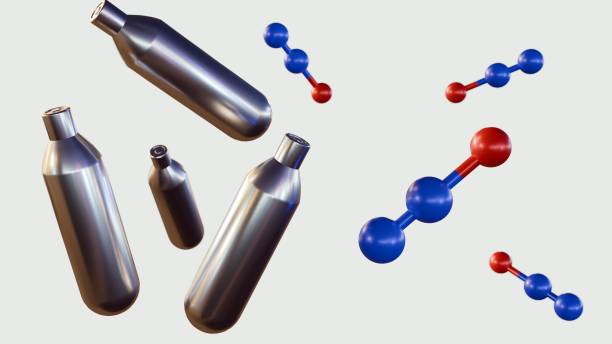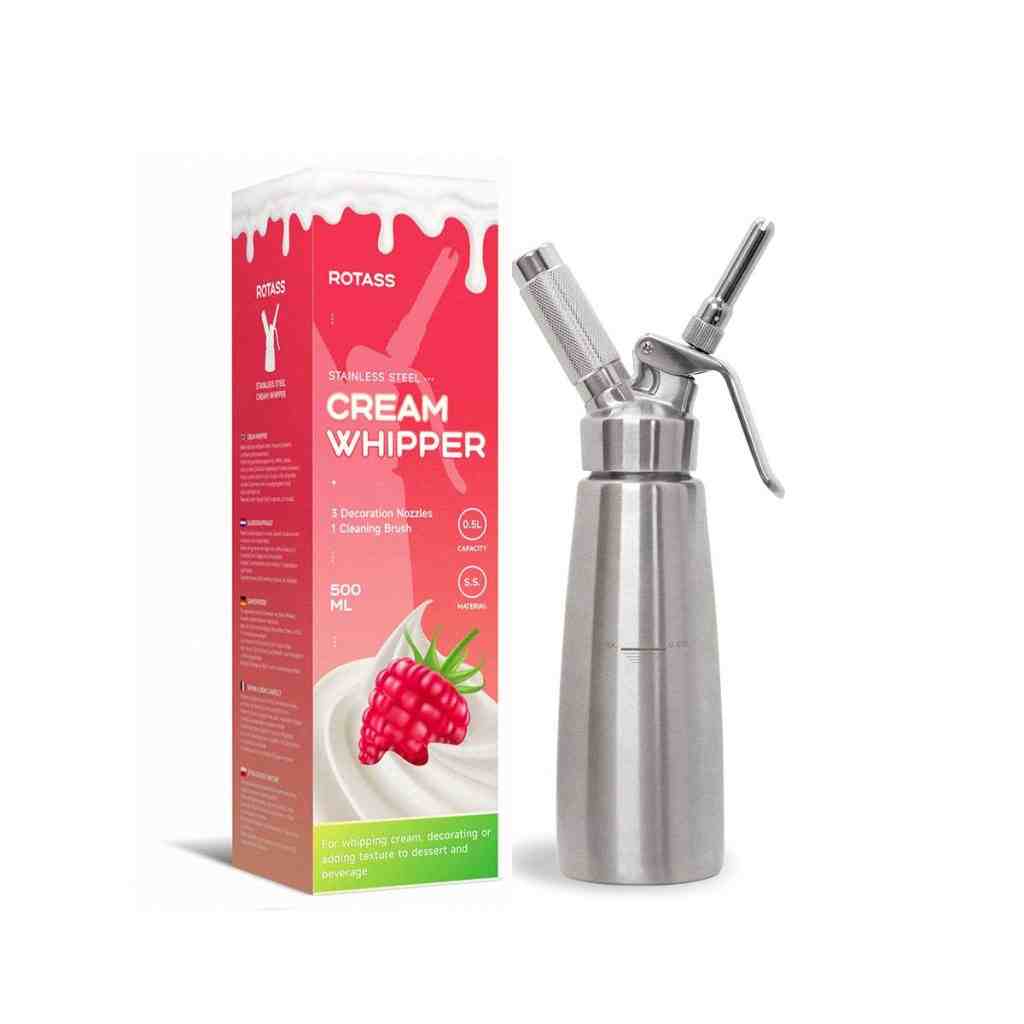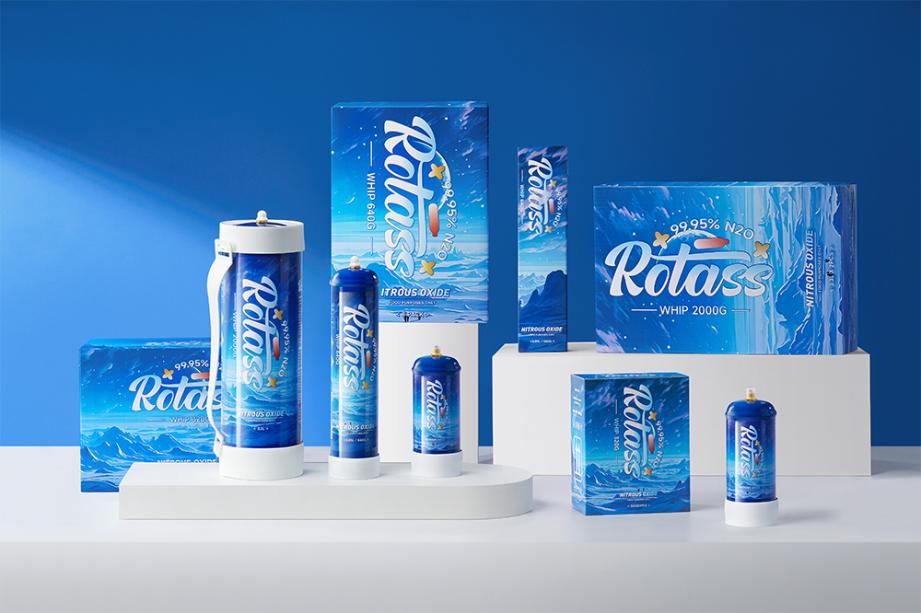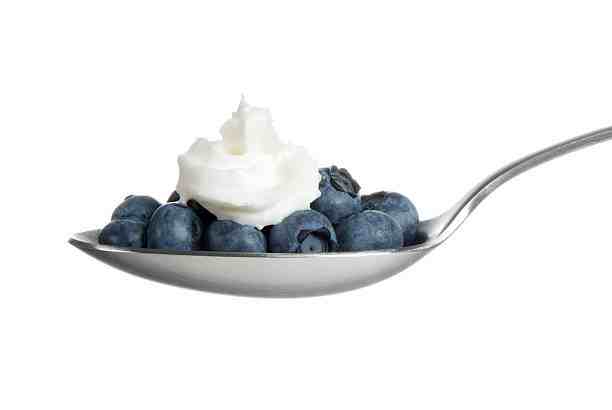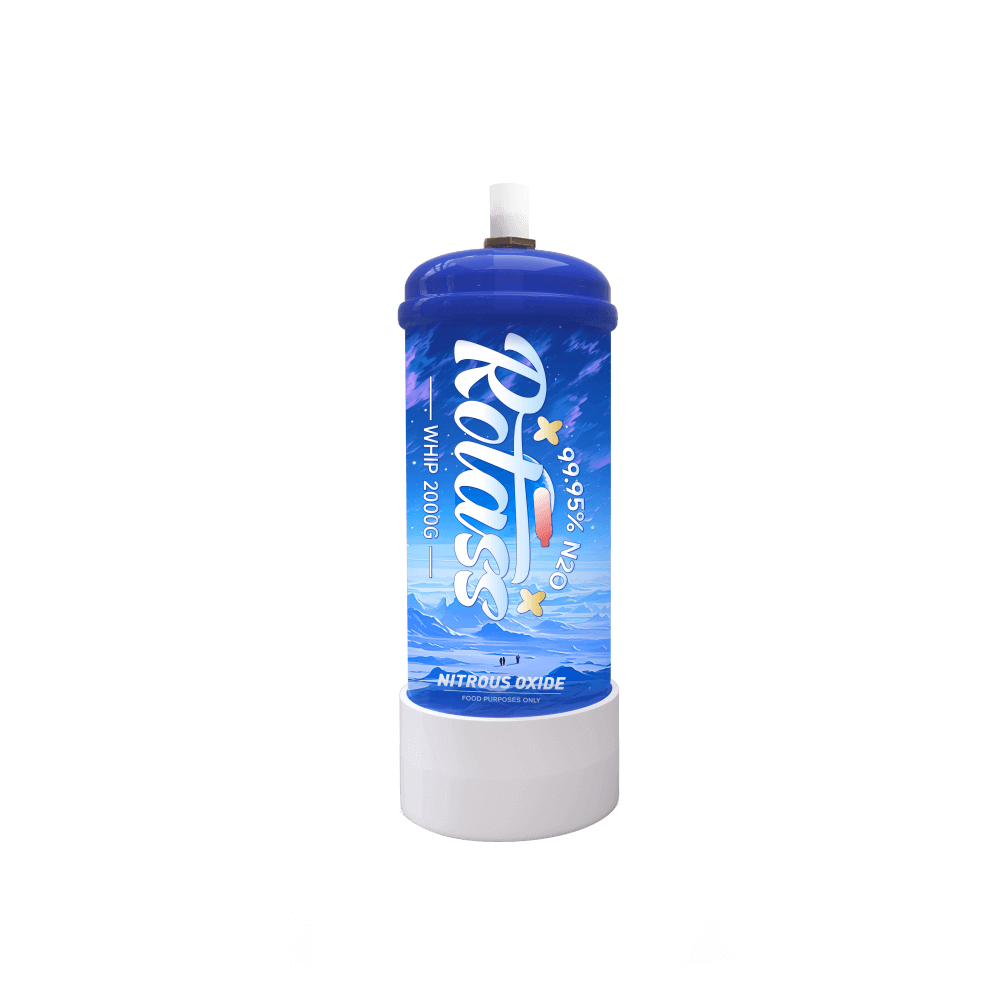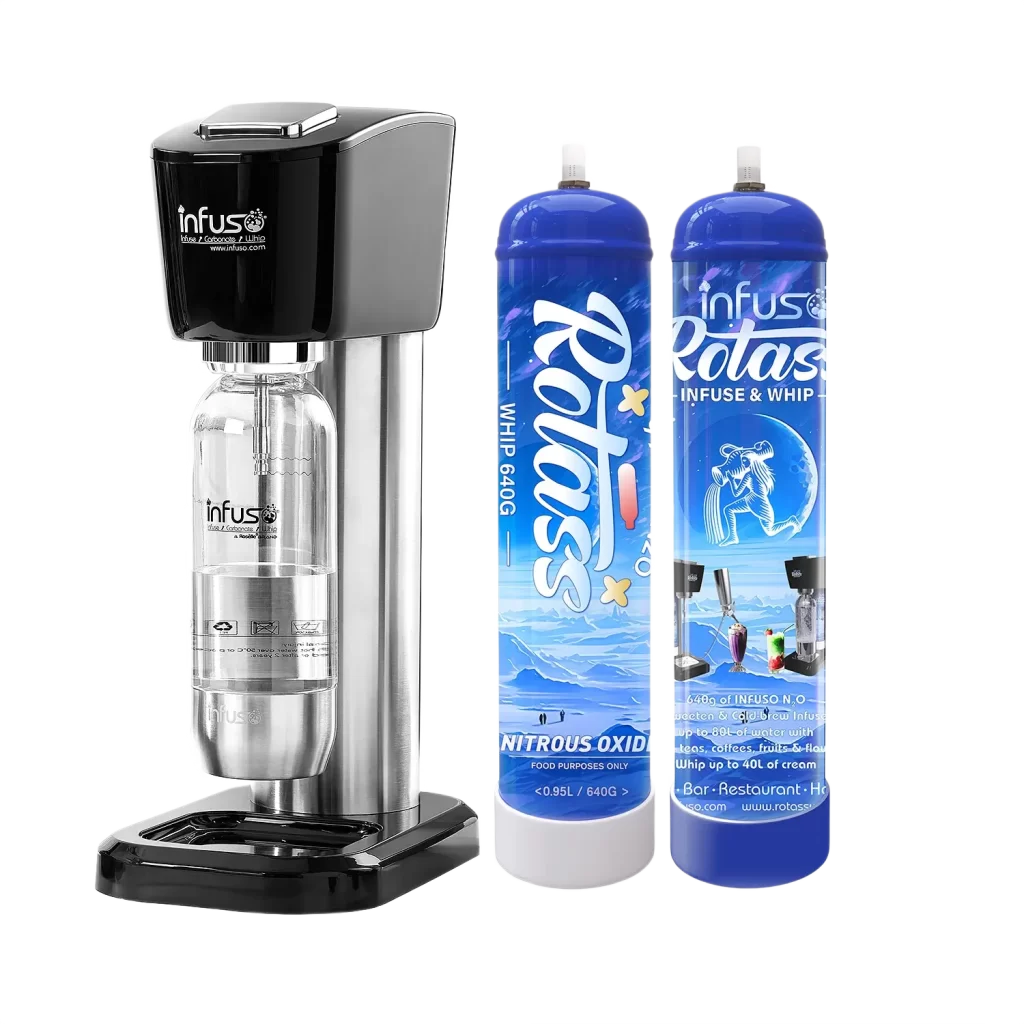2025 / 07 / 24
How Often Do Soda Makers Get Cleaned?
Table of Contents
In the fast-paced modern life, soda makers have become essential daily equipment for many businesses, offices and even schools. Whenever we are thirsty, with a gentle press, a cold drink is ready. But while you enjoy these conveniences, have you ever wondered: How often should the soda maker be cleaned? These machines process a large amount of soda every day. The residual sugar and the accumulation of water provide a breeding ground for bacteria. Then, the importance of cleaning a soda maker is self-evident.
Today, let’s talk about how often to clean a soda maker, how to clean it, and the risks that may arise from not cleaning it.
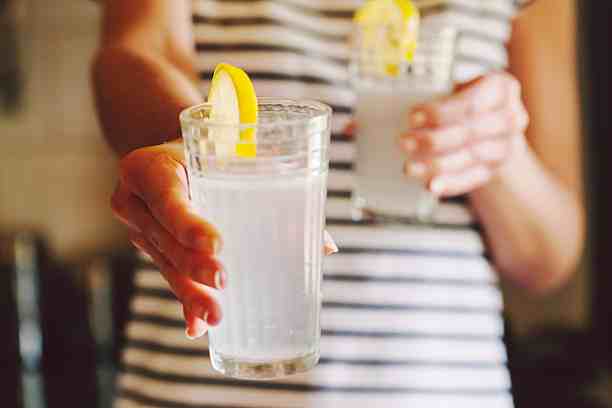
Why Do We Need To Clean Soda Makers?
The soda maker may seem like a simple device, but it has an undeniable impact on the quality of soda and the health of customers. The quality of cleaning the soda maker directly determines the taste, hygiene of the soda and the health condition of the customers. To better understand this point, we need to recognize several key issues:
- Hygiene issue: The sugar and moisture in the soda maker provide a rich nutrient soil for bacteria. If not cleaned for a long time, bacteria and mold will multiply inside the machine, greatly increasing the risk of cross-infection. However, once there is bacterial contamination, customers may suffer from food poisoning, diarrhea and other health problems due to drinking contaminated soda, which will affect the brand’s reputation.
- Health risk: In busy catering or commercial environments, soda makers are often public area equipment that many customers come into direct contact with. If the soda maker is not cleaned in time, over time, bacteria will accumulate inside the machine and spread to the soda through nozzles and other parts. For those customers with weaker immune systems, especially children, the elderly or pregnant women, it may bring higher health risks.
- Taste impact: Bacteria and sugar stains not only affect the hygiene of soda but also directly influence their taste. If the sugar in the soda maker accumulates for a long time, it will become viscous, which may cause the beverage to taste sour, bitter or develop an off-flavor, ultimately affecting the customer’s consumption experience.
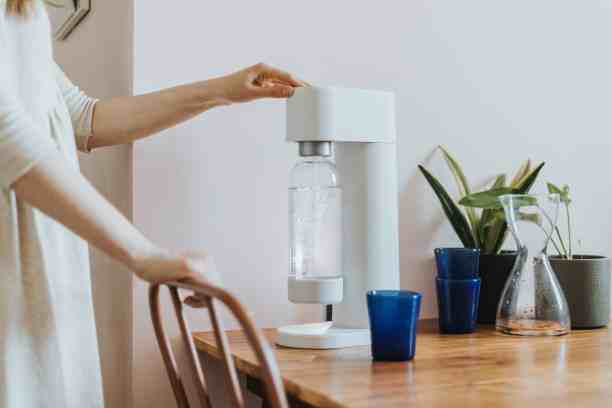
How Often Do Soda Machines Get Cleaned?
Many merchants and families may have doubts about the cleaning cycle of soda makers: How often should they be cleaned exactly? The answer to this question is not fixed but is influenced by multiple factors, including the frequency of use of the soda maker, cleaning habits, and the working environment, etc.
- Standard cleaning cycle: According to the advice of most experts, soda makers should undergo a thorough cleaning every 1 to 2 weeks. This is suitable for regular use in home or office environments and can effectively prevent the accumulation of beverage residues and bacteria. However, if the soda maker is used frequently or in a high-traffic commercial environment, the cleaning frequency should be appropriately shortened.
- Cleaning suggestions for frequent use: For places with frequent usage such as fast food restaurants and coffee shops, soda makers provide drinks every day, and the residue of sugar and water will be very fast. In this case, the soda maker needs to be thoroughly cleaned at least once every 2 to 3 days. Especially in the hot summer, the demand for cold drinks increases, the usage frequency of soda makers becomes more frequent, and the risk of bacterial growth is higher. If cleaning is not done in time, it will not only affect the quality of the soda but also pose health risks to customers.
- How to determine if a soda maker needs cleaning: In addition to operating according to the cleaning cycle, observing the usage of the soda maker is also an important criterion. For instance, when the taste of the beverage starts to change, especially when it becomes sour or moldy, or when there are obvious sugar and water stains on the nozzle, it is necessary to clean it as soon as possible.
Steps For Cleaning a Soda Maker
To ensure the cleaning effect of the soda maker, we cannot merely carry out surface wiping but need to complete a thorough cleaning through a series of meticulous steps. The following are some common cleaning steps that can help you keep your soda maker clean and in normal operation
- Disassembly and cleaning: First, turn off the soda maker and disconnect the power supply. Then, disassemble the detachable parts on the machine, such as the drip tray, nozzle, filter, etc. Thoroughly clean these components with warm water and a dedicated cleaner to remove any remaining sugar stains, grease and impurities. When cleaning, you can use a soft-bristled brush or sponge to avoid scratching the surface of the machine.
- Disinfection treatment: After cleaning, disinfect the interior of the soda maker with a food-safe disinfectant. Disinfectants should be selected from products that meet food hygiene standards to avoid chemical residues. During the disinfection process, special attention should be paid to parts such as nozzles and pipes that are prone to bacterial growth.
- Regular inspection and maintenance: Cleaning is not merely a process; it also involves a comprehensive inspection of the soda maker. Each time the machine is cleaned, all its components should be inspected to see if there is any wear, damage or leakage. If any problems are found, repair or replace the parts in time to avoid affecting normal use.
- Clean the exterior of the machine: In addition to the internal components, the exterior of the soda maker should also be cleaned regularly. If the dust, oil stains and other dirt on the shell are not removed in time, it will not only affect the appearance but also may hide bacteria. Wipe the exterior with a clean damp cloth and ensure that the working environment around the machine is clean and tidy.

Common Misunderstandings Of Cleaning Soda Maker
Although cleaning soda makers is crucial for ensuring food hygiene, many merchants and families encounter some problems and even fall into misunderstandings in actual operation:
Incomplete cleaning
Many merchants believe that as long as the surface looks clean, it’s fine, neglecting deep cleaning. In fact, the interior of soda makers is particularly prone to dirt and grime accumulation. Regular cleaning of external equipment is necessary, but thorough cleaning of internal pipes and nozzles is equally important. Only in this way can potential bacteria and residues be thoroughly eliminated.
Neglecting regular inspections
Some merchants may, due to being preoccupied with business operations, neglect regular inspections of soda makers. For instance, it was overlooked whether the machine had problems such as water leakage or blockage, which led to the soda maker being unable to work properly. This not only affects the customer experience but may also lead to equipment malfunctions and impact the revenue of merchants.
Difficult to clean during peak hours
In some catering environments, soda makers are frequently used, especially during peak dining hours, and the cleaning and maintenance of soda makers are prone to be delayed. However, peak hours are precisely the high-risk period for bacterial growth. Therefore, merchants should reasonably arrange cleaning times to ensure that soda makers are in a good hygienic condition.

Final Words
The cleaning of soda makers is not merely an operational process; it directly affects the quality of soda, the reputation of merchants, and the health of customers. Regular cleaning of the soda maker not only enhances the taste and hygiene of the drinks but also provides customers with a reassuring consumption environment. Businesses should recognize that cleaning work is not only for the normal operation of equipment, but also an important link to ensure the health and satisfaction of customers.
Through regular cleaning and inspection, merchants can ensure the hygiene of soda makers and the quality of soda, avoiding customer complaints or health problems caused by hygiene issues. At the same time, customers should also choose those merchants that pay attention to equipment cleanliness to provide themselves with safe and healthy soda.

